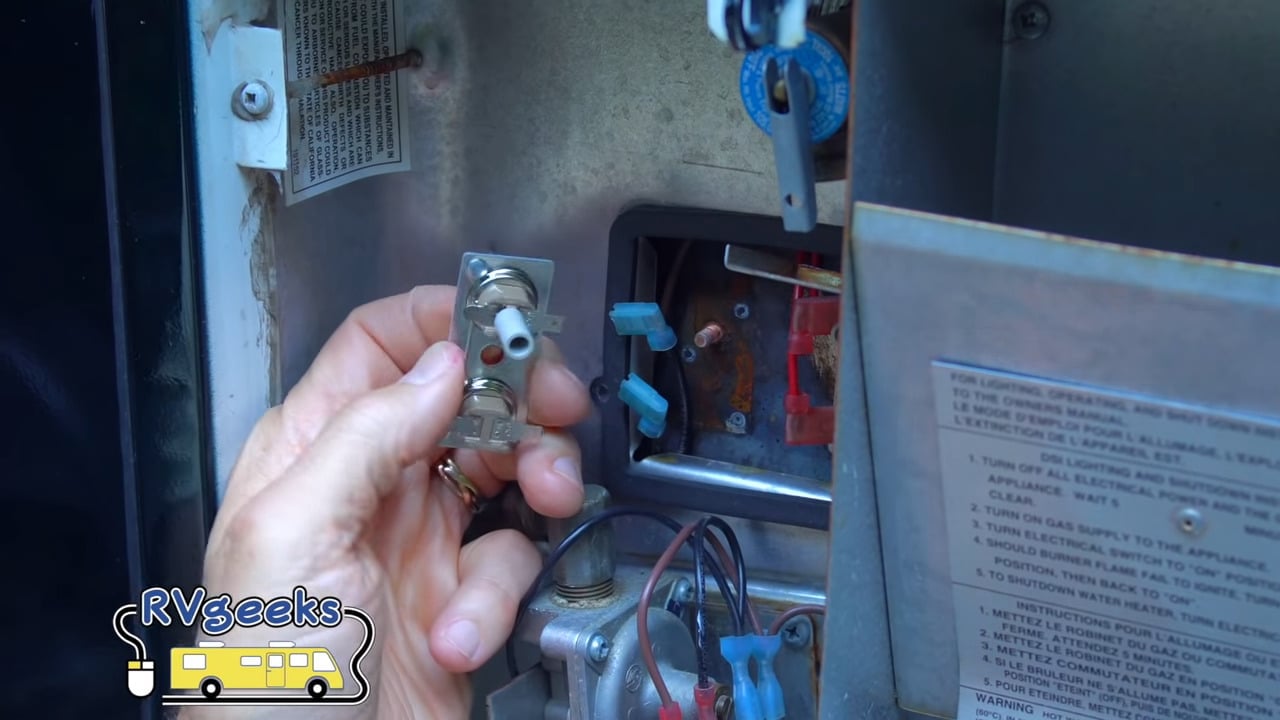Handling the Usual Hot Water Heater Emergency Challenges
Handling the Usual Hot Water Heater Emergency Challenges
Blog Article
What're your thoughts about Is Your Water Heater Leaking??

A hot water heater is just one of one of the most essential fundamental home appliances that can be located in a house. With hot water heater, you do not need to undergo the stress of heating water manually whenever there is a demand to take a bath, do the laundry, or the dishes. Nevertheless, there is always an opportunity that your hot water heater would certainly act up similar to most mechanical devices.
It is essential to note any kind of little malfunction as well as tackle it quickly prior to points leave hand. A lot of times, your water heater begins to malfunction when there is a build-up of sediments as a result of constant usage. As a preventative measure, routine flushing of your water heater is advised to prevent sediment build-up as well as prevent functional failure.
Typical hot water heater emergency situations as well as exactly how to deal with them
Too little hot water
It may be that the water heater can't support the warm water demand for your house. You might upgrade your water heating unit to one with a bigger capability.
Varying water temperature.
Your water heating unit might start creating water of different temperatures typically ice hot or cool warm. There may be a need to replace either the thermostat or the home heating device of your water heating system.
Dripping hot water heater tank.
In this circumstance, you need to transform off your water heater, permit it to cool down, and carefully look for the source of the problem. At times, all you require to do is to tighten a couple of screws or pipeline links in cases of small leaks. If this doesn't function as well as the leak continues, you may require to use the services of a specialist for a suitable replacement.
Tarnished or odiferous water
When this takes place, you need to recognize if the issue is from the tank or the water resource. If there is no funny odor when you run cool water, then you are specific that it is your water heating system that is faulty. The smelly water can be created by corrosion or the accumulation of bacteria or sediments in the water heating unit container.
Verdict
Some homeowners disregard little warning and minor faults in their water heater unit. This only results in further damage and a possible full failure of your device. You need to take care of your hot water heater faults as quickly as they come near prevent more expenses and also unnecessary emergency problems.
With water heating units, you don't require to go through the tension of heating water by hand every time there is a demand to take a bathroom, do the washing, or the meals. It may be that the water heating unit can not support the warm water demand for your home. Your water heating unit can start producing water of different temperature levels typically ice scalding or cool warm. If there is no funny odor when you run cool water, then you are certain that it is your water heating unit that is damaged. The stinky water can be triggered by corrosion or the buildup of microorganisms or debris in the water heater tank.
Common Water Heater Issues and What You Should Do
What Type of Water Heater Do You Have?
Before we begin it’s first important that you identify the type of water heater you have on your property. There are two main types of water heaters out there: conventional and high efficiency.
Both of these types of products typically use either gas or electricity to heat power. There are also solar water heaters that use a thermal collector on the roof or yard to heat the water.
While these models are not as common, they can cut heating costs in half. In this article, we will focus on conventional and high efficiency.
How Do My Electric and Gas Water Heater Work?
Though they look similar, electric and gas water heaters work very differently. It’s important to know their basic function because often problems can be specific to the heating source.
In the electric model, a thermostat on the side of the machine detects the temperature of the water in the tank. When the temperature needs to rise electricity flows to a heating element suspended in the water.
Gas models also use a thermostat device — typically with a mercury sensor at the tip and an additional sensor called a thermocouple. The thermocouple detects whether the pilot light is on and controls the flow of gas.
When the thermostat drops below the appropriate level gas is released which becomes ignited by the pilot light. The flame heats the bottom of the water tank which causes hot water to rise and cold water to drop.
This natural circulation continues until the water reaches the desired temperature. Then, the thermostat triggers the gas control valve to shut off the flow of gas.
What Are the Most Common Issues and How Do You Fix Them?
https://happyhiller.com/blog/common-water-heater-issues-and-what-you-should-do/

I am very curious about Common Hot Water Heater Problems and I am assuming you enjoyed the new entry. Sharing is nice. One never knows, you may just be helping someone out. I praise you for your time. Visit us again soon.
Always ready, contact! Report this page